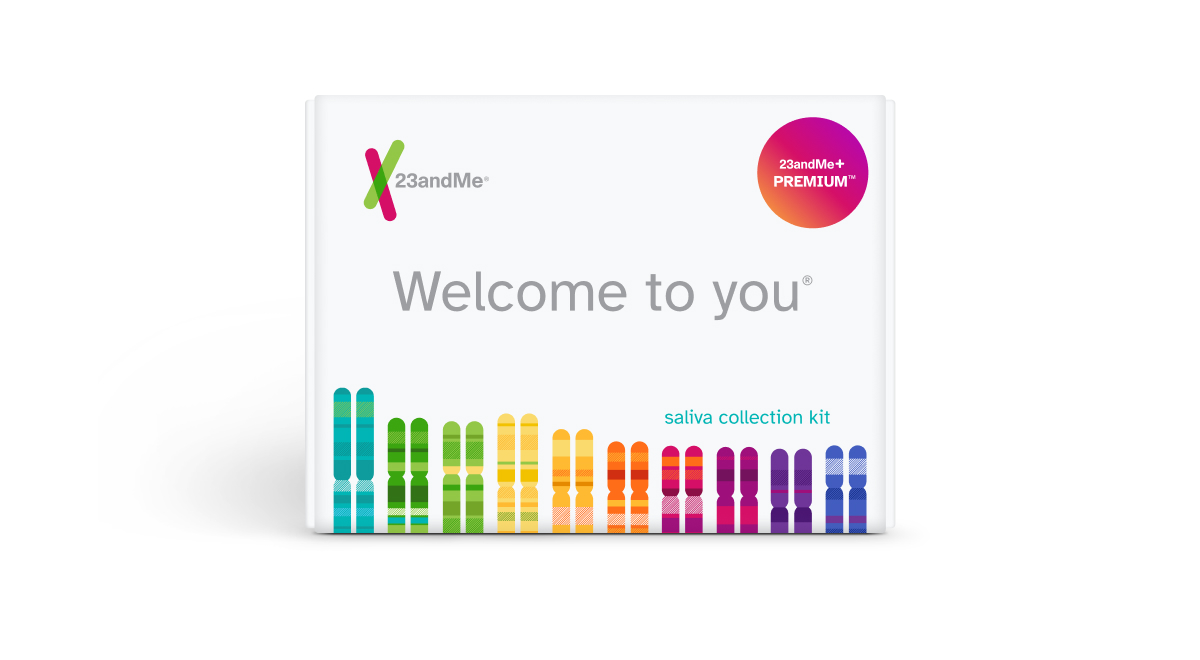Let's talk aboutSeasonal Allergies
What are seasonal allergies?
Seasonal allergies, also known as hay fever or allergic rhinitis, occur when the immune system overreacts to small airborne particles called allergens, including mold or pollens from trees, grasses, or weeds. Seasonal allergies occur at certain times of the year, which can vary depending on what a person is allergic to and where they live. For example, levels of tree and grass pollen are typically highest when these plants bloom in the spring and summer, while levels of mold spores and some weed pollens may be higher in fall. Exposure to allergens can cause symptoms such as:
- Sneezing
- Runny, stuffy, or itchy nose
- Itchy, red, or watery eyes
- Coughing
People with seasonal allergies are also more likely to develop asthma and may experience difficulty breathing or wheezing.

Living with seasonal allergies
Seasonal allergies can be frustrating and affect a person’s quality of life. Symptoms may make sleep a challenge, causing daytime sleepiness and fatigue. This can impact one’s physical performance and ability to think and concentrate. Fortunately, there are many treatments that can help. Together with lifestyle modifications, treatments like antihistamines, nasal sprays, nasal irrigation, and immunotherapy can effectively alleviate symptoms. If you have concerns about seasonal allergies or would like to seek treatment, talk to a healthcare professional.

Is seasonal allergies genetic?
Genetics do play a role in seasonal allergies. This means some people may be more likely to develop seasonal allergies than others, depending on their genetics. Seasonal allergies can run in families, which means that a person has an increased chance of developing seasonal allergies if family members have seasonal allergies. In most cases, it is a combination of many different genetic variants that impact a person’s chances of developing seasonal allergies. Individually, each of these variants only has a small impact on a person’s genetic likelihood, but that impact can grow when many variants are considered together. 23andMe takes into account more than 6,500 genetic markers to estimate the likelihood of developing seasonal allergies, but keep in mind that other factors besides genetics can also influence a person’s overall likelihood of developing seasonal allergies.
Other factors that can impact your chances of developing seasonal allergies
It is estimated that around 27% of people in the U.S. are allergic to grasses, trees, and weeds, but the actual percentage of people who develop symptoms of seasonal allergies is less clear. Besides genetics, some factors that can increase a person’s chances of developing seasonal allergies include:
- Family history of allergies
- Certain health conditions (including other types of allergies and eczema)
- Living or working in an environment with many allergens

Learn more about seasonal allergies
Curious whether you have an increased likelihood of developing seasonal allergies based on your genetics? Find out more with the Seasonal Allergies report (Powered by 23andMe Research), part of the 23andMe+ Premium membership. 23andMe+ Premium includes our Health + Ancestry Service plus new premium reports and features throughout the year.

23andMe+ Premium
Please note:
- This report does not diagnose seasonal allergies and should not be used to make medical decisions.
- The report was developed by 23andMe scientists using data and insights gathered from thousands of customers who consent to participate in our research. Reports based on 23andMe research provide an estimate of your likelihood of developing a condition based on your genetics and other factors. This report does not account for lifestyle or family history.
- The report does not account for every possible genetic variant that could affect your likelihood of developing seasonal allergies.
References:
Akhouri S et al. (2022). “Allergic Rhinitis.” [Accessed June 1, 2022].
Hoyte FCL et al. (2018). “Recent advances in allergic rhinitis.” F1000Res. 7.